Making the most of your space – a guide to pallet racking utilisation
Posted on October 14, 2020While many might think that pallet racking is simply a matter of erecting as many frames as possible into your space, the reality is that the type of racking you choose and how it is designed has vital implications for your business productivity. Installing the wrong racking with a bad design can be a potentially costly mistake.
Fortunately, or unfortunately depending on your view, there are many different and customisable systems for storing your products. In New Zealand, the most common types of racking are:
Selective pallet racking
Drive in racking
Double deep racking
Push back racking
Very narrow aisle (VNA) racking
Automated shuttle racking
Depending on factors such as your inventory movement system, your available space and budget – what works best will be different for each business. Generally, you will never have 100% utilisation as even systems such as selective pallet racking which are one pallet deep and available individually will need room for stock movement, incoming and outgoing goods.
Racking types – the lowdown
Selective pallet racking
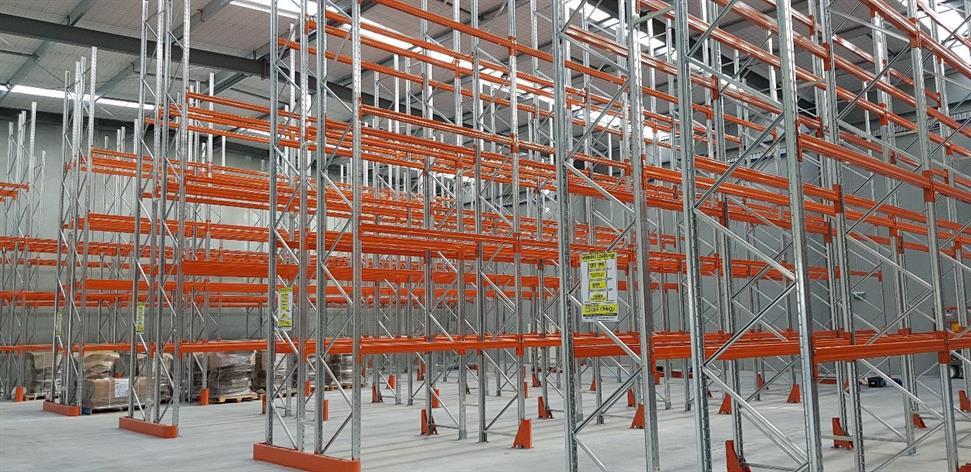
The most common type of racking for a reason: cost effective, works for a wide range of product types, can be retrofitted or adjusted with minimal fuss and extremely customisable. Selective pallet racking is primarily made up of reinforced frames with beams and suitable for all applications.
Drive in racking
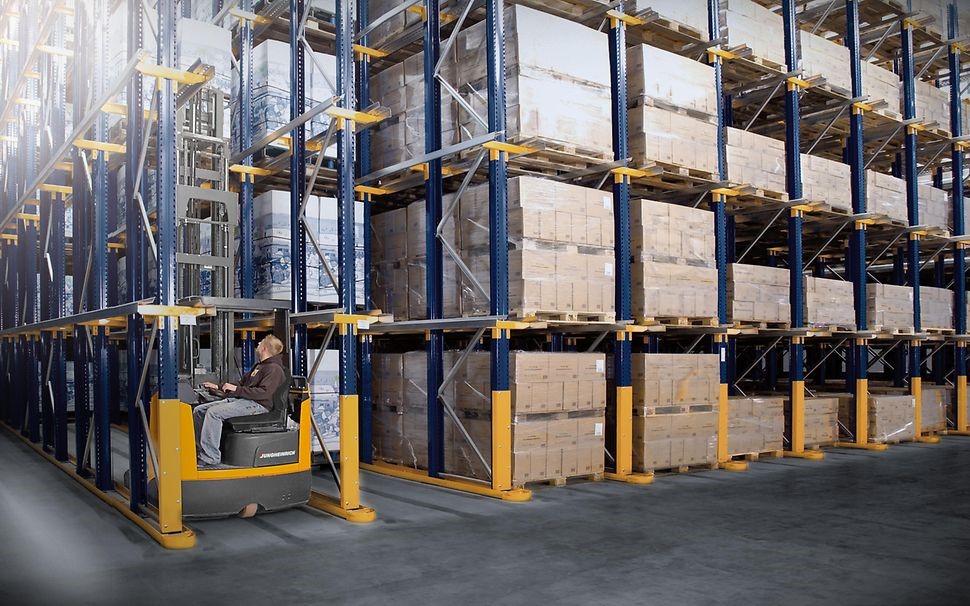
Rows of pallet storage lanes are arranged with operating aisles between them to allow transport and access to each lane. Lanes can be built from 2-10 deep – ideal for bulk storage.
Double deep racking
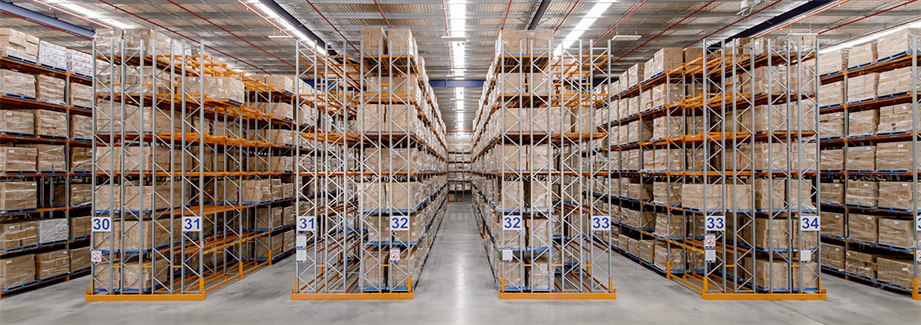
Potentially adding 50% more storage space, double deep racking stores pallets 2-4 deep (rather than the standard 1) with standard pallet racking components
Push back racking
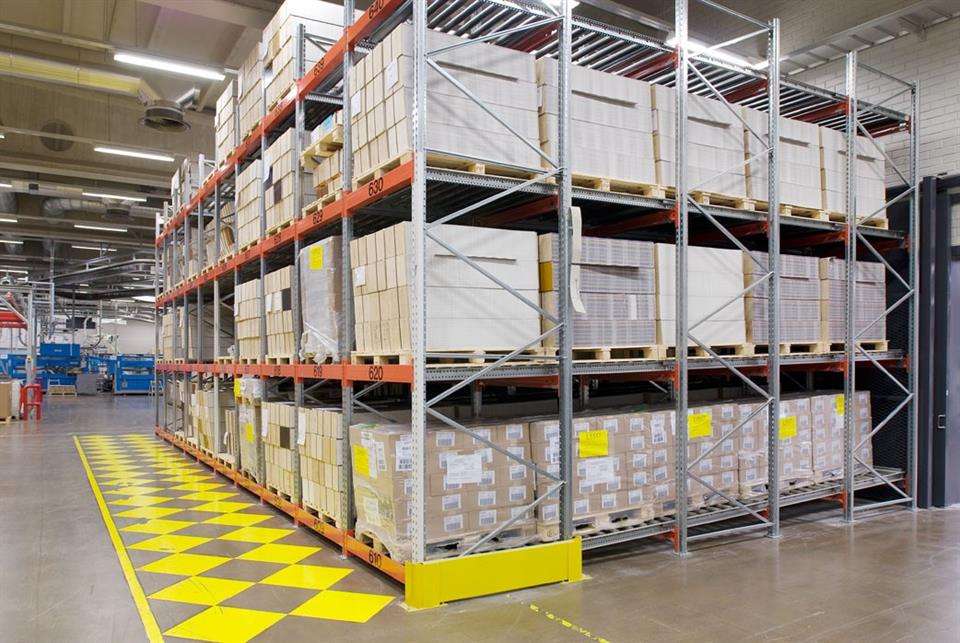
Working on gravity-fed rails, the push back racking system allows pallets to be stored between 2 and 6 deep on carriers. The loaded pallets are placed into the rack aisle by “pushing back” with a forklift.
Very narrow aisle (VNA) racking
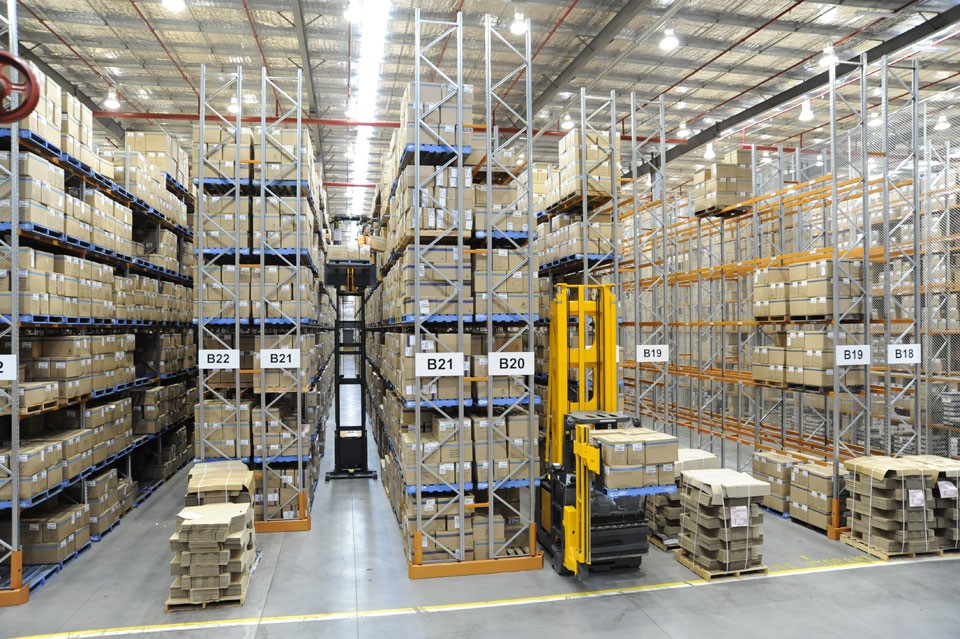
VNA pallet racking is placed closer together than standard systems. Access to VNA racking is by special forklift trucks, which are guided in the aisles by either floor mounted rails or electronic wire guidance technology. It allows direct access to every pallet and is ideal for large volumes of multiple product lines.
Semi-automated shuttle racking
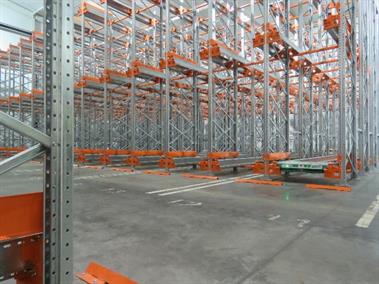
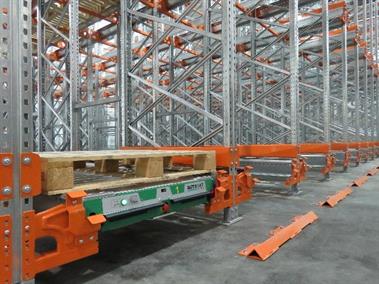
Shuttle racking is controlled by a remote-type system that moves goods in and out of a deep storage tunnel, similar to a drive-in set up. A shuttle cart runs up and down the aisle laneways taking pallets backwards and forwards, replacing the need for forklifts to stack every pallet in its own location.
Part two next week: we’ll get into the details and compare which system will work best for your business.
 News
News